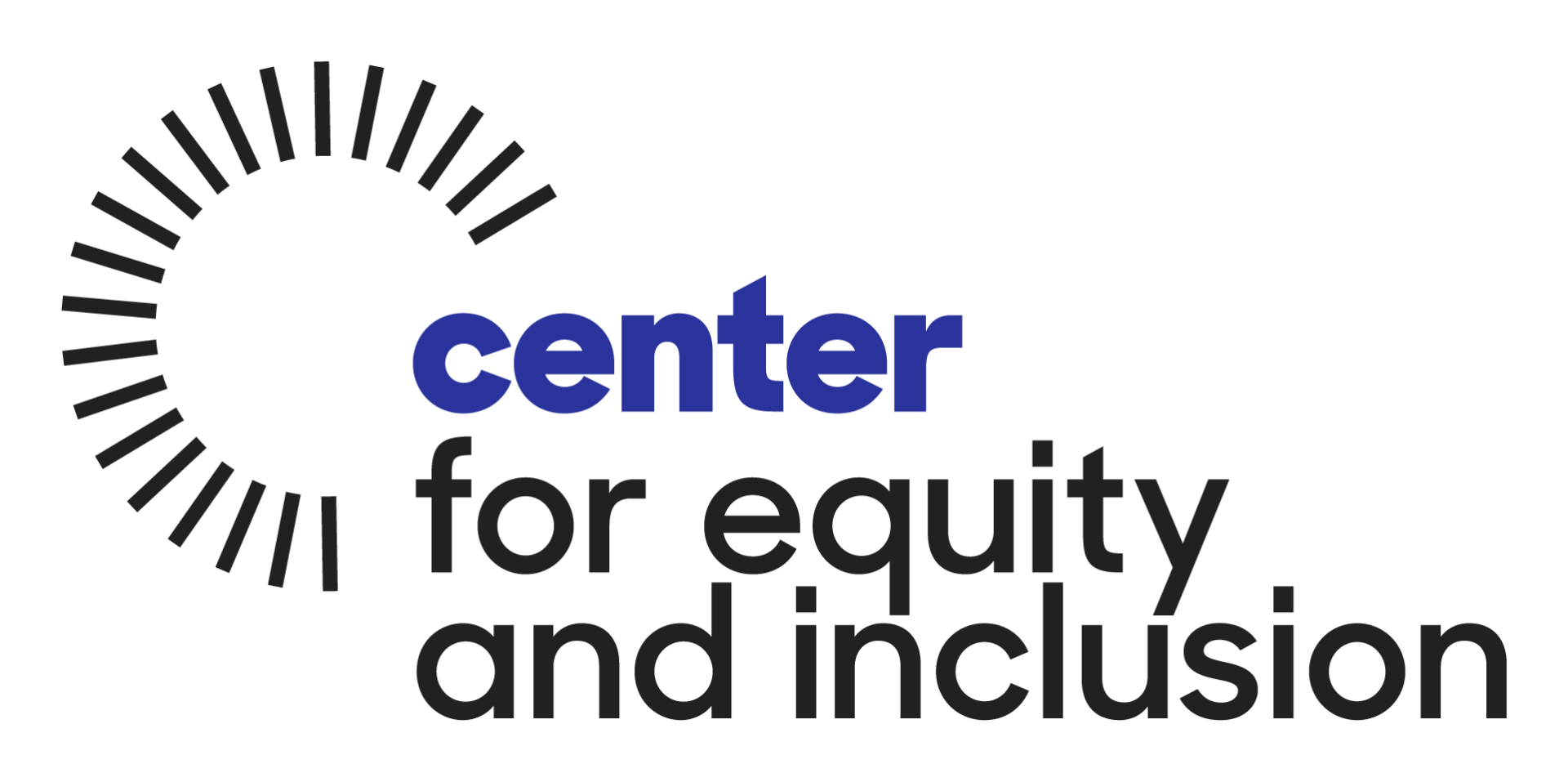Let’s start with a truth: organizational culture isn’t about snacks in the breakroom or ping-pong tables in the corner. It’s about whether people, especially people historically pushed to the margins, can thrive, grow, and be seen as fully human at work.
And that kind of culture doesn’t just happen. It’s built with care, strategy, and the courage to challenge what’s always been.
If you’re ready to move from surface-level statements to deep, structural shifts, here are nine transformational organizational culture examples that center equity, spark joy, and make waves. If you’re still wondering what organizational culture is to begin with, take a look at the first blog in the series.
1. Wage Equity
Let’s be real: when an organization lacks transparency around compensation, it fosters mistrust and confusion. I remember a time when two colleagues, doing nearly identical work, uncovered a $15K salary gap between them. Same role, same responsibilities. This kind of disparity inevitably raises questions about gender, experience, cultural differences, and education. It’s situations like these that can erode trust and create a culture of uncertainty and resentment.
A culture rooted in equity flips that script. Wage equity means pay isn’t a mystery, it’s clear, consistent, and fair. Regular audits uncover gaps across race, gender, and role, and organizations take action to close them.
When there is transparency; people feel safer, more valued, and more likely to stick around.
2. Diverse Representation at All Levels
Representation isn’t just about who’s in the room. It’s about who gets to speak, lead, and shape the future.
I remember working with a team where the entry-level staff was beautifully diverse, but the leadership table looked like it hadn’t changed in a decade. People noticed. Promotions felt out of reach for some and automatic for others.
Organizations that prioritize representation invest in pathways for underrepresented folks to grow. That includes mentorship, sponsorship, and leadership development programs that create access to real decision-making spaces. They track who’s moving up - and who’s being left behind - and take action to shift the patterns.
True representation means the people closest to the impact are also closest to the power.
3. Workforce Education & Upskilling
Equity-centered workplaces don’t just expect excellence, they nurture it. They see potential in every team member and build ladders for growth.
That might look like tuition reimbursement, internal training, or certificate programs. But here’s the key: those opportunities are accessible. That means offering support during multiple shifts, removing jargon-heavy application processes, or providing childcare during training sessions.
This reminds me of a time when a single mom on the team wanted to finish her degree but couldn’t make evening classes work. The company flexed her schedule and helped cover tuition, and now she’s leading the department she almost left.
Upskilling should never be reserved for a select few. When learning is embedded into the culture, growth becomes a shared journey.
4. Skills-Based Hiring Practices
Let’s shift the lens from prestige to potential.
Skills-based hiring means moving beyond degrees and focusing on what someone can actually do. It means valuing lived experience, community leadership, and resourcefulness just as much as fancy credentials.
I once coached a hiring manager who realized all their job descriptions asked for a bachelor’s degree, but the most impactful team member they had didn’t have one. That sparked a complete overhaul of their job postings.
Skills-based hiring invites us to look deeper, audit where we recruit, and remove barriers that keep brilliant people from even getting in the door.
5. Equitable Access to Resources
A team can only rise when every member has what they need to succeed. That sounds simple, but it often gets overlooked.
Does everyone have a quiet place to take Zoom calls? Access to mental health care? A laptop that works properly? A manager who checks in when something feels off?
Equitable cultures don’t wait for people to request accommodations. They design systems with differences in mind from the start. And they make asking for support feel like a strength, not a burden.
I recall a situation where a neurodivergent team member struggled during meetings because they were overwhelmed by sensory input—bright lights, loud background noise, and rapid-fire conversations. They were hesitant to speak up, fearing it would seem like an excuse, but we noticed their discomfort. We worked together to create an environment where they could thrive—switching to softer lighting, using noise-canceling headphones, and adjusting meeting formats to allow more time for processing thoughts. It didn’t take much, but it allowed them to fully participate and contribute valuable insights without feeling overwhelmed. Without these adjustments, their potential would have gone untapped, and the team would have lost out on their unique perspective. Creating systems that account for neurodivergent needs from the start fosters a culture of inclusion where everyone can show up as their authentic selves.
6. Transparent Promotion Processes
Here’s something we hear all the time: "I have no idea what it takes to get promoted here."
That uncertainty fuels frustration. Transparent cultures make growth pathways clear. They define what good performance looks like and communicate it consistently across teams.
Even more, they track who’s advancing (and who isn’t) by race, gender, and other identities, not to assign blame, but to guide accountability. Development isn’t random; it’s strategic and accessible.
When people understand how to grow, they feel grounded. They stay. They’re empowered.
7. Employee Resource Groups (ERGs)
ERGs are often lifelines. They offer connection, community, and collective power, especially for folks navigating workplaces not built with them in mind.
But too often, ERGs are underfunded and over-relied upon. Equitable organizations give them real backing: budgets, access to leadership, and influence on policy. And they name the labor clearly, because running an ERG is work, and it should be recognized in reviews and compensation.
I remember an ERG leader who spent hours organizing events, supporting colleagues, and giving critical feedback, all while being evaluated only on her "day job." Once her leadership was formally acknowledged, she not only felt seen but she also stepped fully into her power.
8. Regular Equity Audits
You can’t fix what you won’t face. Equity audits shine light on patterns—and help you shift them.
A strong audit doesn’t just crunch numbers. It includes lived experience: listening sessions, anonymous surveys, and real talk. It helps leaders see not just what’s happening, but why.
Then comes the most important part: doing something with that insight. Equity audits lead to action plans, timelines, and real change. Not once a decade, on a regular, accountable rhythm.
During an equity audit with a mid-sized nonprofit, we found that exit interview data had never been analyzed by identity. When we disaggregated it, a clear trend emerged: staff of color were leaving at twice the rate of their white peers. The kicker? Most cited the same reason,feeling unheard or excluded in decision-making. That insight led to changes in team structure, feedback loops, and onboarding practices. But it also lit a fire: leadership could no longer claim ignorance. The numbers and the stories behind them made the case for urgent change.
9. Ongoing Cultural Safety Training & Capacity Building
You can’t build equity with a single training. Culture change takes ongoing learning, layered support, and real-world application.
Equity-centered organizations offer training that meet people where they are, from senior leaders to front-line staff. The best ones balance reflection (bias, privilege, power) with action (systems, tools, behaviors).
That’s why we designed Workplace Reimagined and the Facilitator Intensive as companion pathways for change
Workplace Re:imagined equips HR leaders, people managers, and executives with the tools to build equitable, inclusive workplace systems from hiring to performance reviews to culture-building.
Facilitator Intensive develops the mindset and skillset to lead equity conversations with confidence whether in meetings, training, or community dialogue.
Together, they support organizations not just in understanding equity but practicing it.
And they create space for discomfort, because growth lives there.
Cultural safety isn’t just about preventing harm. It’s about cultivating a space where people feel safe to be human, to ask questions, to stumble, to speak up.
Let’s Build a Culture Worth Keeping
These organizational culture examples aren’t hypothetical; they’re happening right now in workplaces that choose courage over comfort. Each one takes time, care, and collective effort.
But here’s the thing: culture isn’t fixed. It’s fluid. And every single one of us has a role in shaping it.
Because when we center people, clarity follows. When we act with intention, transformation flows. And when we lead like water, strong, shaping, and ever-moving, we build workplaces where everyone has the power to rise.
Which of these feels most urgent in your organization right now? Or better yet, which one are you ready to help lead?
Book with Shafina or explore our workplace culture training to start your transformation.



